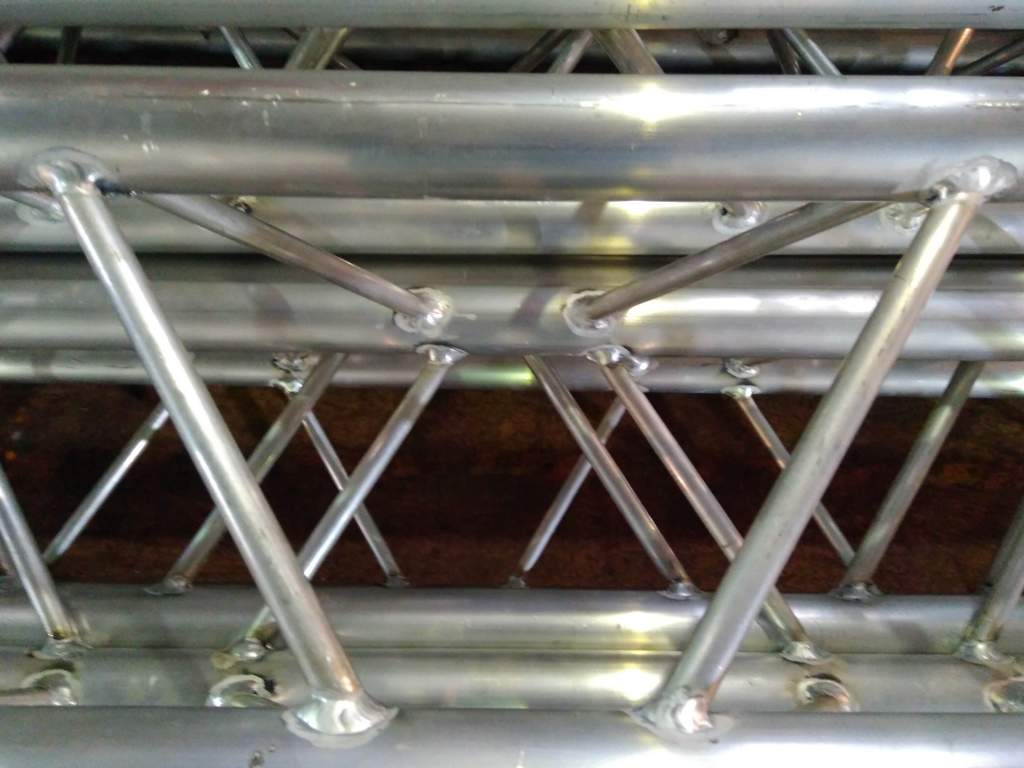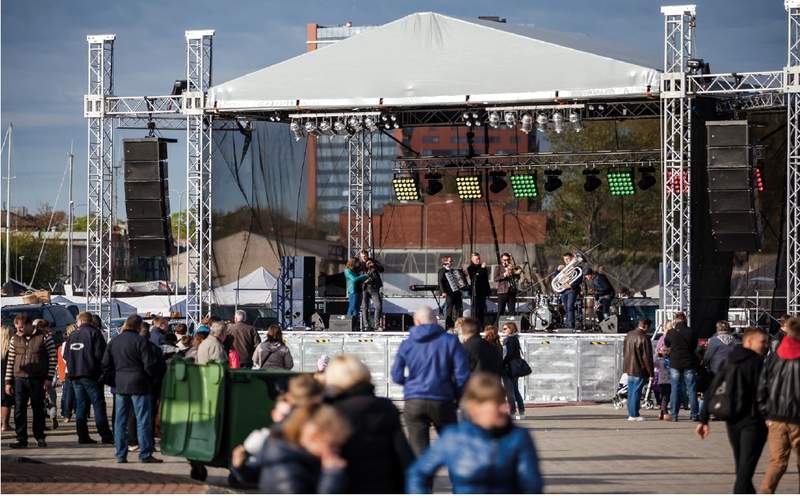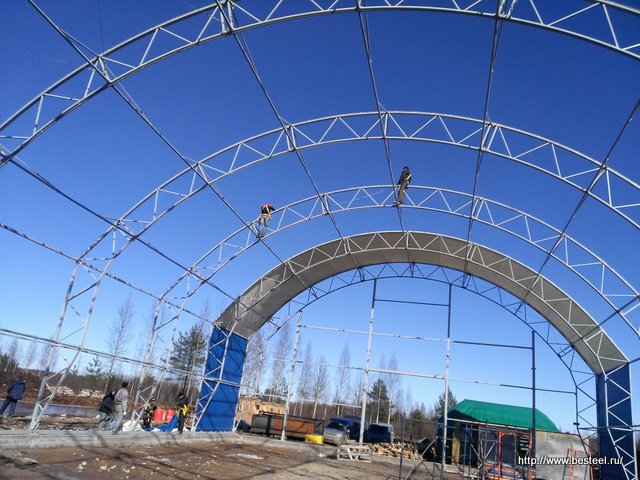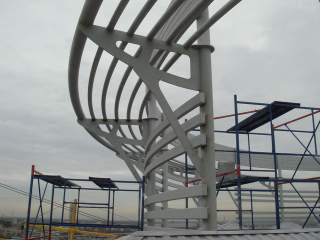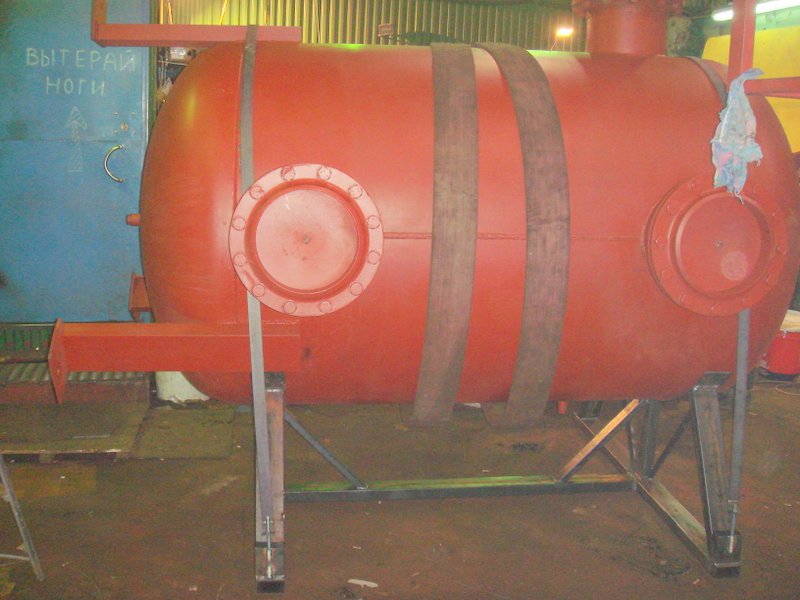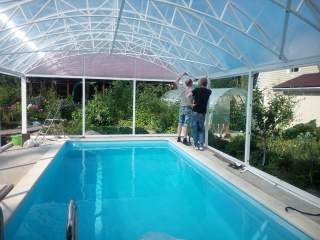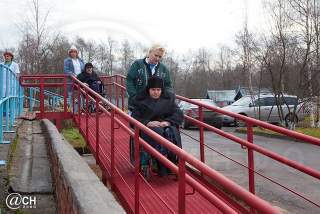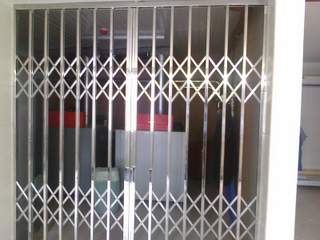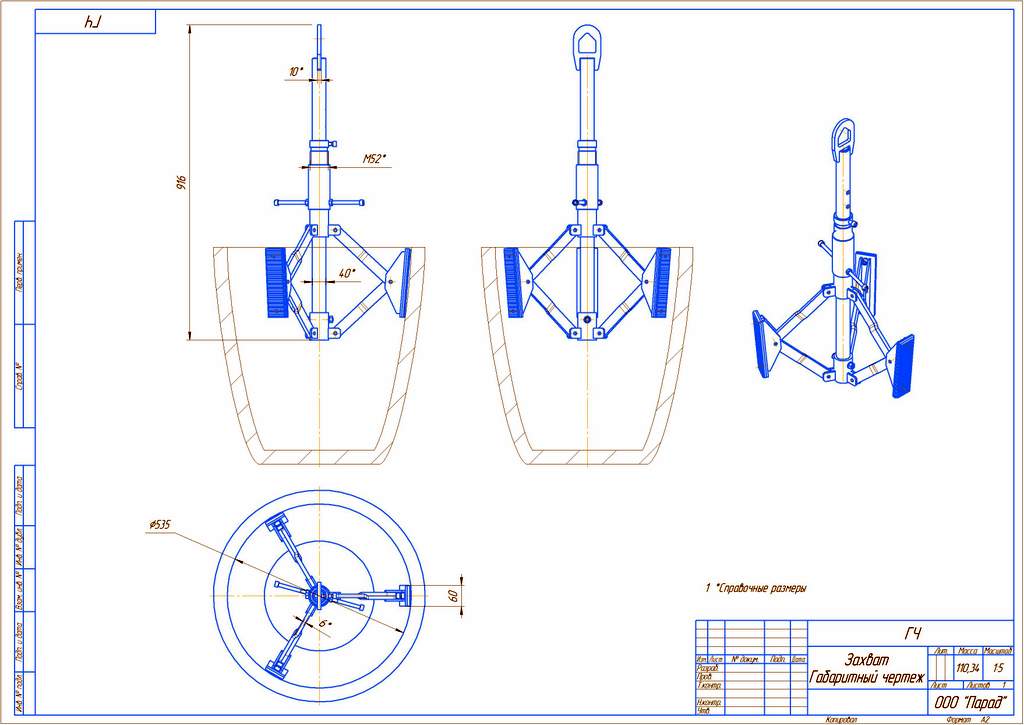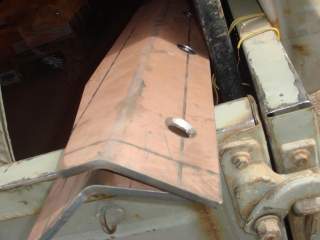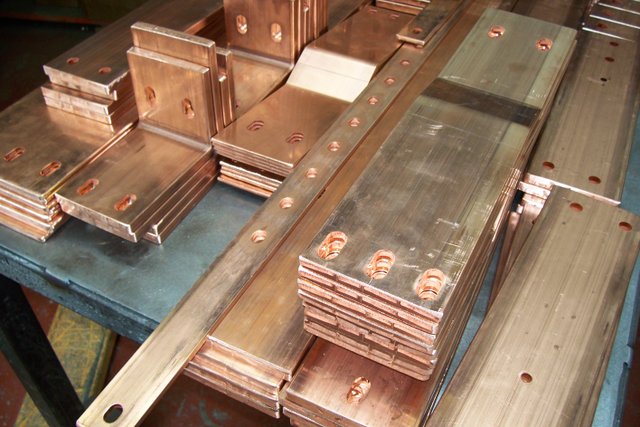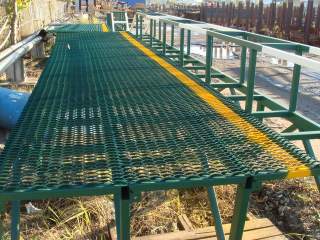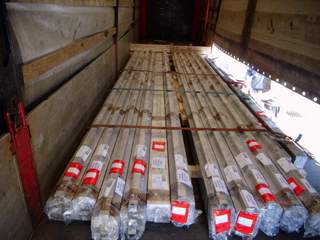FITTINGS
Fittings
We offer threaded fittings, flanged fittings, weld fittings and tube fittings from a warehouse in St. Petersburg. By itself, the fitting is a pipe connecting portion, which is installed in its place forks, transitions to a different diameter, turns, and the need for frequent assembly and disassembly of pipe. In addition, stainless steel fittings are used for sealing floor piping and other auxiliary purposes.
The fitting that connects the ends of the pipes of the same diameter, is called direct. The fitting that connects the ends of the pipes of different diameters - transitional. Fittings for steel pipe can be divided into threaded, flanged, welded and crimp. Threaded fittings for gas pipeline and water produce steel pipes with cylindrical thread. Fittings for steel pipe water-gas producing primarily steel and ductile iron. The inner and outer surface fitting must be free from voids and foreign inclusions. Mechanical fitting plane should be perpendicular to the axis passes.
To give greater strength, ductile iron fittings equipped with a special collar around the edges - thickening. Note that the steel collar fittings don't have it. For the most part fittings are made with a nominal diameter (Dy) from 8 to 100 mm. These fittings are used for pipes, whichhave the temperature of working fluid less then 175oS and pressure above 1.6 MPa, for any value of Dy for steel pipe fittings, and Dy in less than 40 mm for fittings of malleable cast iron. Fittings allow to connect the pipe without cutting or welding. Fittings are made from one or two O-rings, manufactured from various materials. Brief characteristics of the compression fittings:
ease of repeated assembly and disassembly;
reliable tube-gripping and sealing of the gas medium;
of the pipe and good resistance to vibration fatigue.
Today, Tube Fittings are manufactured by various companies around the world, but as leaders are recognized Swagelok and Parker.
Depending on what fittings are subdivided into:
angles, bends (change the direction of flow at 45-120o)
bends, tees and manifolds (provide an offshoot of main pipe in a direction)
Crossings (provide branch in 2 directions)
coupling (the same pipe connects straight portion)
adapters (sleeves, threaded fitting, nipple, "American" connect pipes in various ways)
plugs, caps (used for hermetic sealing of pipe ends)
nipples (usually used to connect a flexible hose)
other elements.
